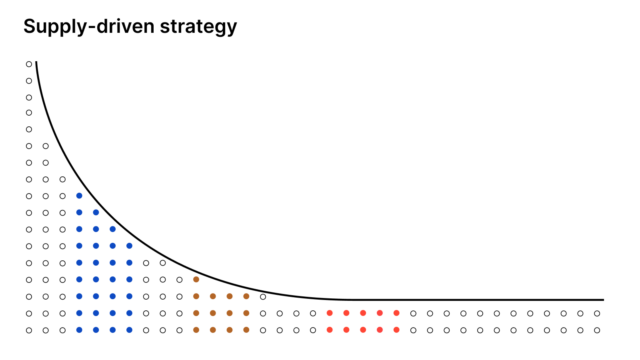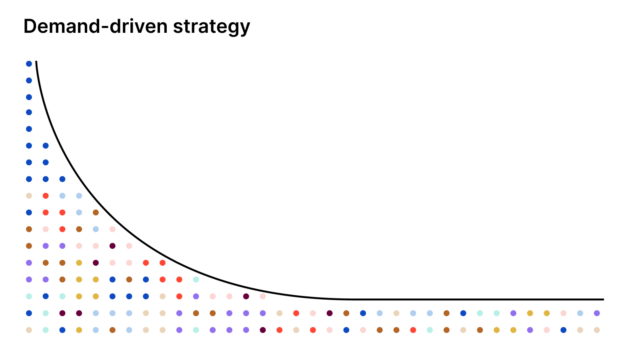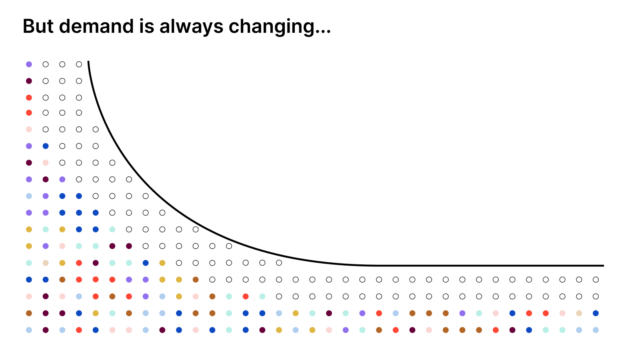“My feeling has been for a long time that audiences are extremely smart, and executives have started to believe that they’re not. Audiences will always be able to sniff out bulls—.”
After a decade of seemingly unstoppable success, comic book movies have hit a wall. Terrible audience reviews. Disappointing box office results. Executives scared away from pursuing additional films. And this year, Marvel Entertainment co-produced and Sony distributed arguably the worst film in this genre ever made. That brings us to that revealing quote.
It comes from none other than actress Dakota Johnson, talking about her latest film, “Madame Web,” which is on track to become one of the biggest comic book movie flops in history. When the star of your movie is panning it on the promo tour, you know something is wrong.
This isn’t just another negative movie review. The “Madame Web” narrative, as aptly summarized by Johnson, serves as a crucial lesson for all businesses: understanding and meeting consumer demand is key.
But wait, you say! Isn’t it already obvious to all that you have to start with the customer? Didn’t I just say in the last article that the new world we’ve been evangelizing – one that starts with the customer in the middle, is now the new normal? Yes. But here’s the problem: even though we’re in the new normal, too many company strategies are still focused on the past, where they push supply instead of monetizing demand.
What do I mean by that? Let’s start with a chart. Below is your classic demand curve that shows how in your market you have potential customers (the dots) who would pay a lot, and a long tail of customers who don’t yet value what you do at the same level.

In the chart, you see a company operating in a supply-driven mindset, selling a limited and unchanging set of offerings represented in the three differently colored dots. For the industries that this community represents, this can manifest in a limited set of prices and packages (e.g. “basic” and “premium” subscriptions, “professional” and “enterprise” editions).
But notice the gray dots. They literally represent consumers who are not buying what supply-driven businesses are selling. In other words, even though many businesses claim today to be customer-centric, they still operate like they are in the bygone era where they can create a product, package it up, and sell it in the fashion most convenient for them — and expect consumers to eat it up. That’s how you wind up with a “Madame Web.”
Last week, we explained how subscriber fatigue has triggered a market shakeout for businesses that center their growth strategies around static and singular pricing models aka a supply-driven mindset. Those businesses struggle today because we’re now in a mature market with more competition than ever. This gives consumers more choice — and power. When consumers don’t see what they want from one business, they move on to a competitor that has its act together.
That takes us back to my comic book movie example: What if I wanted to pay Disney only to watch Marvel programming on its streaming platform? What if I wanted to watch only Marvel and “Star Wars” content? What if I wanted to watch the first episode of “The Mandalorian” for free before committing to a subscription? What if I only wanted to pay $5 to watch the next episode?
A business that can do that—match and evolve its offerings with actual customer demand, would be implementing this type of strategy.

This is a demand-focused business. Its starting point is offering a range of packages, prices, and models, which attracts a wider swath of customers, represented on the dot chart in all colors of the rainbow. These businesses will see more growth than supply-driven ones because they center customers and their demand.
While miles ahead of their competitors, it still isn’t enough for businesses to just be demand-driven. Let’s look at one more chart.

What’s the first thing you notice? There’s a lot more happening. The customer reach and potential are much larger than what you get when you just have a supply-driven strategy or even a demand-driven strategy. Why? Because demand is always changing, and a business needs to adopt strategies that are always in line with customer demand. We call this comprehensive approach Total Monetization.
This is where modern businesses succeed. They have an approach to monetization that is customer-centric and future-proof because they are actively aligning and evolving how they monetize with changing customer demand. These winners are actually putting the customers and what they want at the center of their strategy. These dynamic approaches are how businesses retain their customers and drive not just recurring relationships and revenue, but recurring growth.
There’s been a lot of companies that jumped on the recurring revenue bandwagon over the last 10 years or more. But these companies never actually shifted to a customer-centric mindset. These companies are really still supply-driven enterprises.
Robbie Kellman Baxter, a subscription and membership models expert, said it best: “A lot of boards and executives are now saying, ‘let’s get some subscription revenue,’ without thinking about why that would be good for the customer.”
These companies built their business on the wrong foundation. They’re fakes and won’t last much longer because they lack the staying power to survive.
Customers will eventually sniff them out, as the star of the ill-fated “Madame Web” said. Then, they’ll churn and be left with supply that no one wants.
We’re in a critical moment. There’s no time for frauds. This market is too competitive for any company posing as anything but one with a customer-centric and future-proof approach. This approach is not an option. We’re so far along in this new phase of modern business that this is the strategy that every business needs to adopt to survive.
This is our second Subscribed Weekly article. Now that you’ve had some time to think about Total Monetization, what are the next steps for your business? What will you do to have staying power? I’m looking to bring more winning strategies to this community in the coming weeks and give those companies their props, so reach out!

